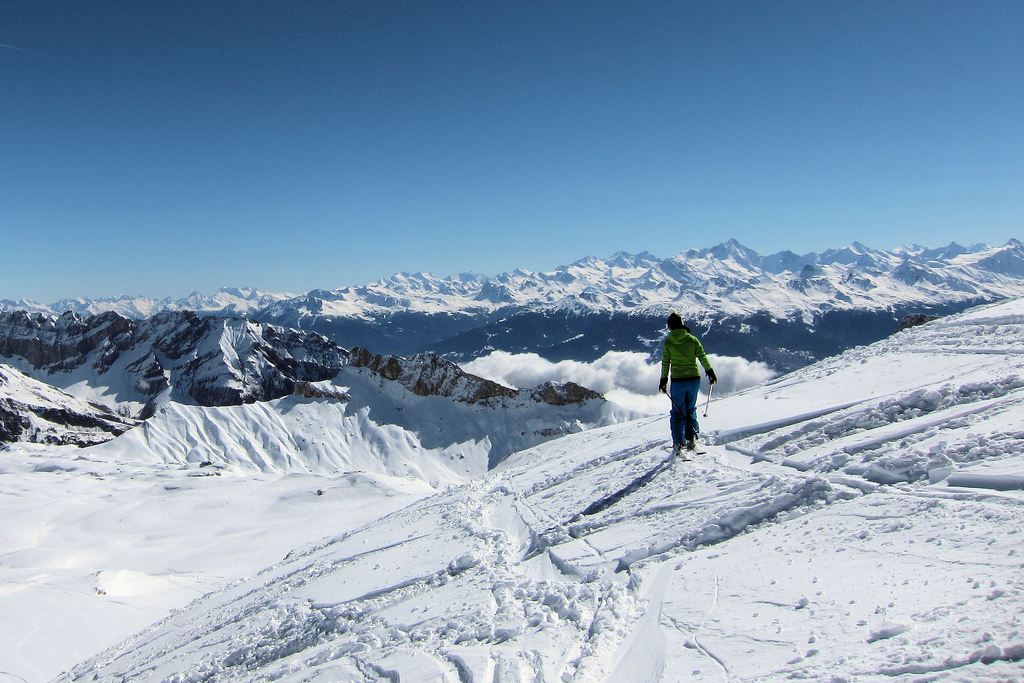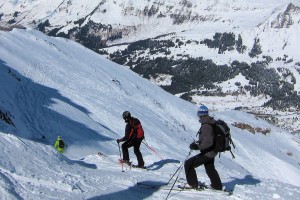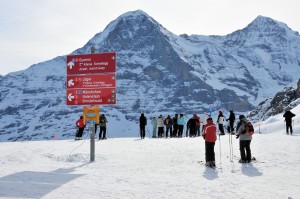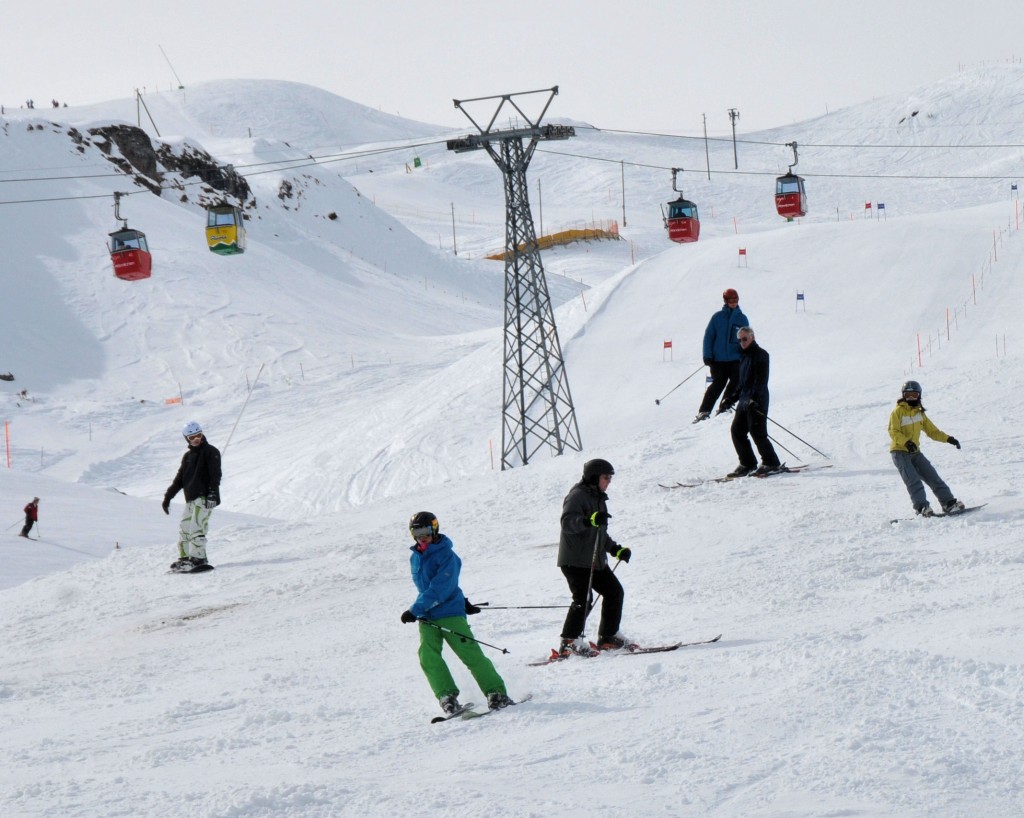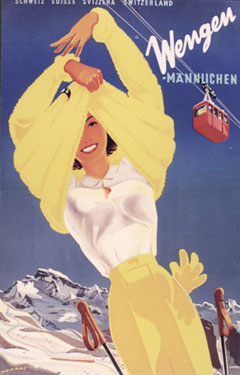 The weather system over the Alps falls into several distinct regions, where typically most resorts in one region share the same overall weather. However, the unpredicatability of weather systems as they pass over the Alps plus the effect of micro-climates wreck havoc with many forecasts.
The weather system over the Alps falls into several distinct regions, where typically most resorts in one region share the same overall weather. However, the unpredicatability of weather systems as they pass over the Alps plus the effect of micro-climates wreck havoc with many forecasts.
I have found the reports from Snow-Forecast.com to be amongst the most granular. They provide a premium service, but also a free six day forecast for hundreds of resorts. Here are a few links to their reports for the main Alpine resorts in each region of Switzerland:
Adelboden, Gstaad and the Bernese Oberland
http://www.snow-forecast.com/resorts/Adelboden/6day/mid
Andermatt and East Central Switzerland
http://www.snow-forecast.com/resorts/Andermatt/6day/mid
Champéry and Les Portes du Soleil
http://www.snow-forecast.com/resorts/Champery/6day/mid
Crans-Montana and the North of the Valais
http://www.snow-forecast.com/resorts/Crans-Montana/6day/mid
Davos-Klosters
http://www.snow-forecast.com/resorts/Davos/6day/mid
Engelberg and West Central Switzerland
http://www.snow-forecast.com/resorts/Engelberg/6day/mid
Lenzerheide/Flims and Central Graubunden
http://www.snow-forecast.com/resorts/Lenzerheide/6day/mid
Leysin and the Vaud Alps
http://www.snow-forecast.com/resorts/Leysin/6day/mid
Pizol and North Central Switzerland
http://www.snow-forecast.com/resorts/Pizol/6day/mid
Scuol and East Graubunden
http://www.snow-forecast.com/resorts/Scuol/6day/mid
St Moritz and the Engadin
http://www.snow-forecast.com/resorts/St-Moritz/6day/mid
Verbier
http://www.snow-forecast.com/resorts/Verbier/6day/mid
Wengen and the Jungfrau
http://www.snow-forecast.com/resorts/Wengen/6day/mid
Zermatt, Saas-Fee and Southern Valais
http://www.snow-forecast.com/resorts/Zermatt/6day/mid


